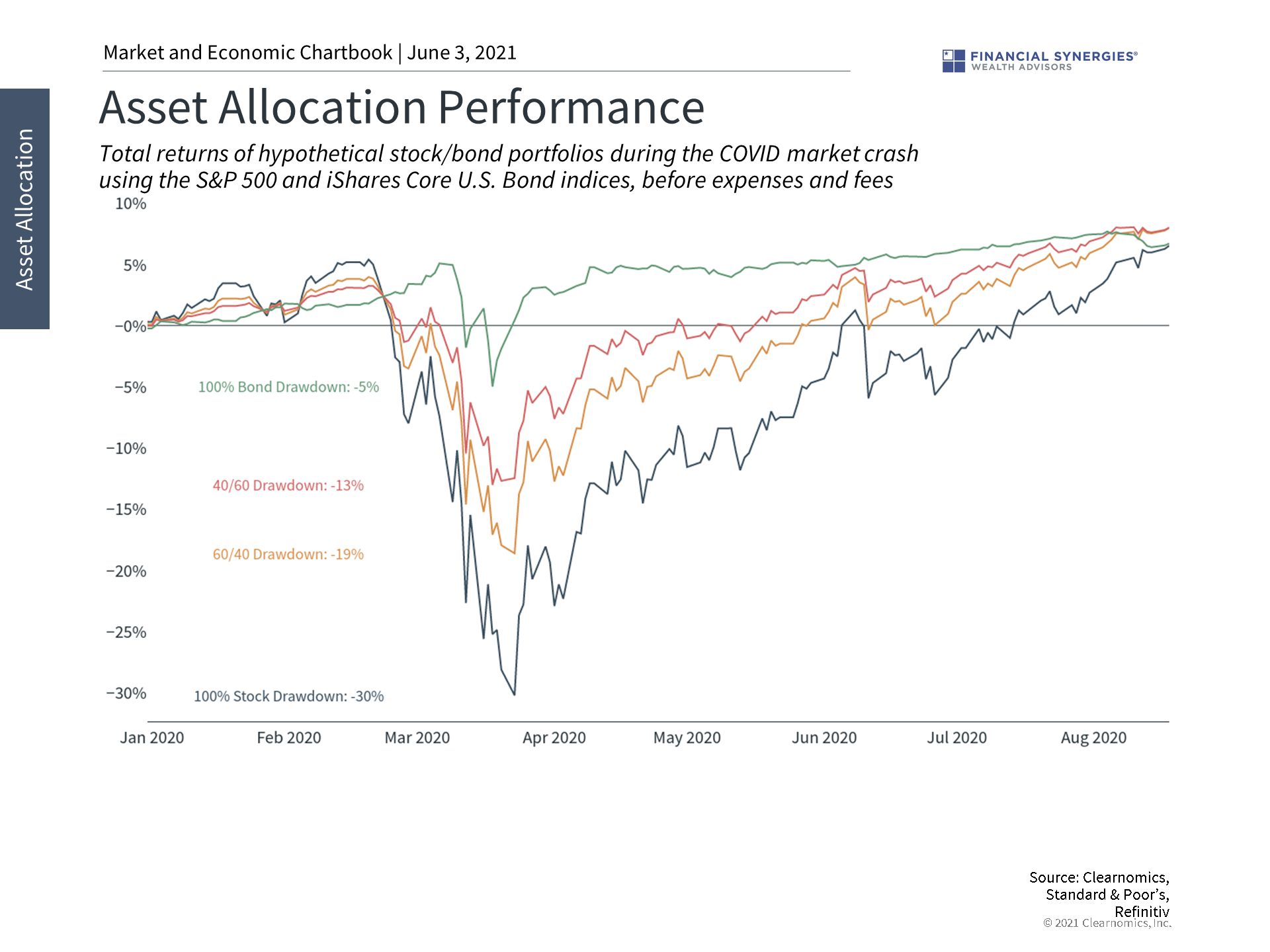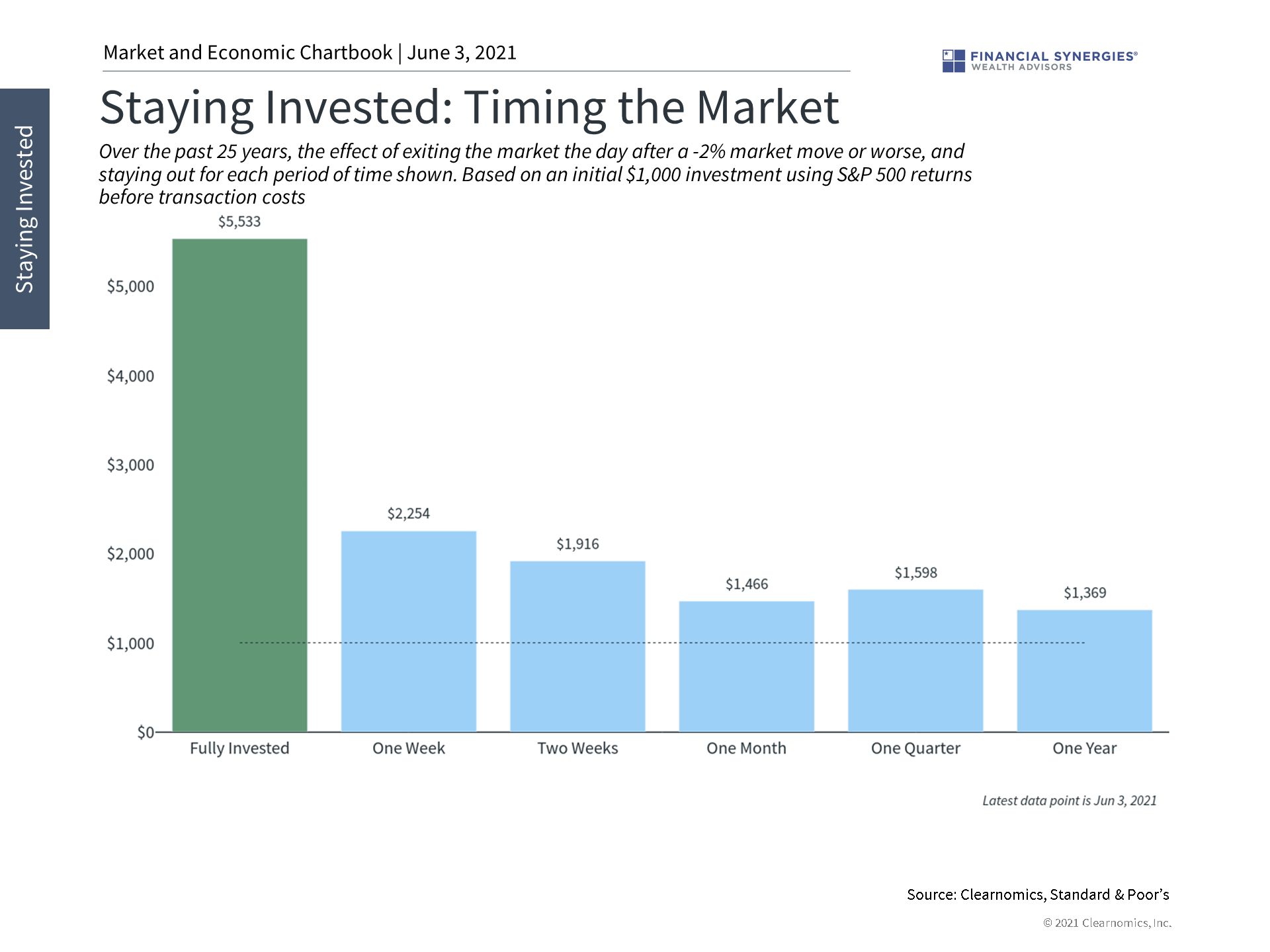For some, it may feel as if financial markets are more uncertain than ever. Day-to-day stock market swings have increased due to concerns over inflation, interest rates, tax policy, the Fed, and more.
Those who follow financial headlines are met with topics such as cyberattacks, economic uncertainty, and on-going COVID-19 outbreaks in parts of the world. Even cryptocurrencies, which experienced a dramatic bull run this year, have plummeted recently.
Even with all this craziness, you have to admit it’s been a pretty good year for investors.
Economic numbers have been fantastic and most global stock markets are firmly in the black.
The reality is that stock market swings are not only normal but have been quite calm by historical standards. The VIX index, a popular measure of stock market volatility, is right around the long-term average of 18. Despite some day-to-day swings, there have been no pullbacks as large as 5% this year, even though the typical year experienced several. The biggest peak-to-trough pullback has only been 4%, compared to the annual average of 15%. Thus, there is a disconnect between the rocky waves that many investors perceive and the natural ebbs and flows of the market.
Of course, the calm of the broader market may not apply to those with concentrated positions in hard-hit areas. It’s also undeniable that stock market valuations are above-average, begging the question of whether they are too optimistic. So, for some investors, there may be a fear that there is a market-disruption lurking around the corner.
For everyday investors, there are three broad ways to manage these concerns. The first is to simply retreat to cash and forego the wild swings of the stock and bond markets. On paper, cash can appear to be the most stable asset since account balances don’t change on their own. However, this is very misleading since the true purchasing power of cash can erode over time, especially if inflation is accelerating. Moreover, this doesn’t consider the opportunity cost of missing market gains. Together, these unseen “losses” can be significant and irreparable over long periods of time.
The second way to respond to market swings is to trade in and out of the market. Trying to time the market is alluring since the benefits seem large, especially in hindsight. Those who could have foreseen both the pandemic market crash and the market rebound shortly thereafter would have profited handsomely.
Of course, the problem is that decades of research have shown that it is very difficult – and perhaps impossible – to predict short-term market movements accurately and consistently. Events that are expected to move markets often do not, and events ignored by investors often do. Perhaps more important is the fact that investors often suffer from behavioral biases. After a market crash, when stocks are objectively the most attractive, is when investors are often the most fearful. After the market has recovered, and stocks are no longer cheap, is often when investors are the most optimistic.
Thus, history shows that the third and best way to respond to volatility is to stay invested in a well-diversified portfolio. Rather than swerving about to avoid a few potholes, the objective is to maintain a portfolio that can withstand the bumps.
The benefits are numerous. Well-constructed portfolios take advantage of diverse asset classes to help smooth returns and risk over time in order to achieve financial goals. They can be optimized for taxes, income, growth, and other important factors. Perhaps most importantly, a diversified portfolio can help investors to sleep better at night without worrying about every market hiccup.
It’s important to keep these lessons in mind as market uncertainty grows. This is especially the case when volatility truly does pick up. Below are three charts that can put the importance of staying invested in perspective.
1. Diversified portfolios held up against the COVID-19 market crash

This chart shows the hypothetical performance of various asset allocation portfolios during the first eight months of 2020. A proper mix of stocks and bonds not only performed better during the market crash but recovered more quickly and held its value longer. Most importantly, investors who experience less volatility in their portfolios are also less likely to overreact.
2. Despite uncertainty, the stock market has been calm

By historical standards, the stock market has been quite calm in 2021. This may be surprising to many who experience large day-to-day swings and see alarming headlines regularly. The largest peak-to-trough decline in the S&P 500 this year has only been 4%. Investors should not be surprised by greater levels of volatility.
3. Simply staying invested has paid off historically

History shows that those who can stay invested in properly diversified portfolios, and avoid the temptation of swerving in and out of markets, are in a better position to achieve long-term goals.
We’re almost half-way through 2021, and by most standards it’s been a pretty good year.
It’s Been a Pretty Good Year
For some, it may feel as if financial markets are more uncertain than ever. Day-to-day stock market swings have increased due to concerns over inflation, interest rates, tax policy, the Fed, and more.
Those who follow financial headlines are met with topics such as cyberattacks, economic uncertainty, and on-going COVID-19 outbreaks in parts of the world. Even cryptocurrencies, which experienced a dramatic bull run this year, have plummeted recently.
Even with all this craziness, you have to admit it’s been a pretty good year for investors.
Economic numbers have been fantastic and most global stock markets are firmly in the black.
The reality is that stock market swings are not only normal but have been quite calm by historical standards. The VIX index, a popular measure of stock market volatility, is right around the long-term average of 18. Despite some day-to-day swings, there have been no pullbacks as large as 5% this year, even though the typical year experienced several. The biggest peak-to-trough pullback has only been 4%, compared to the annual average of 15%. Thus, there is a disconnect between the rocky waves that many investors perceive and the natural ebbs and flows of the market.
Of course, the calm of the broader market may not apply to those with concentrated positions in hard-hit areas. It’s also undeniable that stock market valuations are above-average, begging the question of whether they are too optimistic. So, for some investors, there may be a fear that there is a market-disruption lurking around the corner.
For everyday investors, there are three broad ways to manage these concerns. The first is to simply retreat to cash and forego the wild swings of the stock and bond markets. On paper, cash can appear to be the most stable asset since account balances don’t change on their own. However, this is very misleading since the true purchasing power of cash can erode over time, especially if inflation is accelerating. Moreover, this doesn’t consider the opportunity cost of missing market gains. Together, these unseen “losses” can be significant and irreparable over long periods of time.
The second way to respond to market swings is to trade in and out of the market. Trying to time the market is alluring since the benefits seem large, especially in hindsight. Those who could have foreseen both the pandemic market crash and the market rebound shortly thereafter would have profited handsomely.
Of course, the problem is that decades of research have shown that it is very difficult – and perhaps impossible – to predict short-term market movements accurately and consistently. Events that are expected to move markets often do not, and events ignored by investors often do. Perhaps more important is the fact that investors often suffer from behavioral biases. After a market crash, when stocks are objectively the most attractive, is when investors are often the most fearful. After the market has recovered, and stocks are no longer cheap, is often when investors are the most optimistic.
Thus, history shows that the third and best way to respond to volatility is to stay invested in a well-diversified portfolio. Rather than swerving about to avoid a few potholes, the objective is to maintain a portfolio that can withstand the bumps.
The benefits are numerous. Well-constructed portfolios take advantage of diverse asset classes to help smooth returns and risk over time in order to achieve financial goals. They can be optimized for taxes, income, growth, and other important factors. Perhaps most importantly, a diversified portfolio can help investors to sleep better at night without worrying about every market hiccup.
It’s important to keep these lessons in mind as market uncertainty grows. This is especially the case when volatility truly does pick up. Below are three charts that can put the importance of staying invested in perspective.
1. Diversified portfolios held up against the COVID-19 market crash
This chart shows the hypothetical performance of various asset allocation portfolios during the first eight months of 2020. A proper mix of stocks and bonds not only performed better during the market crash but recovered more quickly and held its value longer. Most importantly, investors who experience less volatility in their portfolios are also less likely to overreact.
2. Despite uncertainty, the stock market has been calm
By historical standards, the stock market has been quite calm in 2021. This may be surprising to many who experience large day-to-day swings and see alarming headlines regularly. The largest peak-to-trough decline in the S&P 500 this year has only been 4%. Investors should not be surprised by greater levels of volatility.
3. Simply staying invested has paid off historically
History shows that those who can stay invested in properly diversified portfolios, and avoid the temptation of swerving in and out of markets, are in a better position to achieve long-term goals.
We’re almost half-way through 2021, and by most standards it’s been a pretty good year.
Recent Posts
The Market Pullback, Geopolitical Risks, Inflation, and More
Week in Perspective: Stocks Startled by Inflation, Conflict [Apr. 15-2024] – VIDEO
How Taxes Affect the Stock Market
Subscribe to Our Blog
Shareholder | Chief Investment Officer